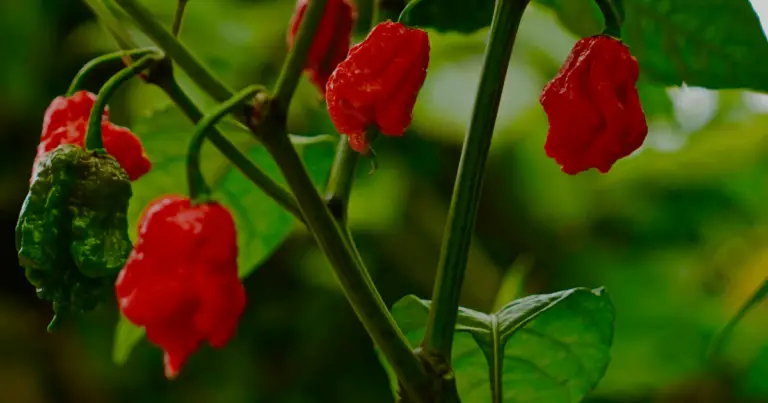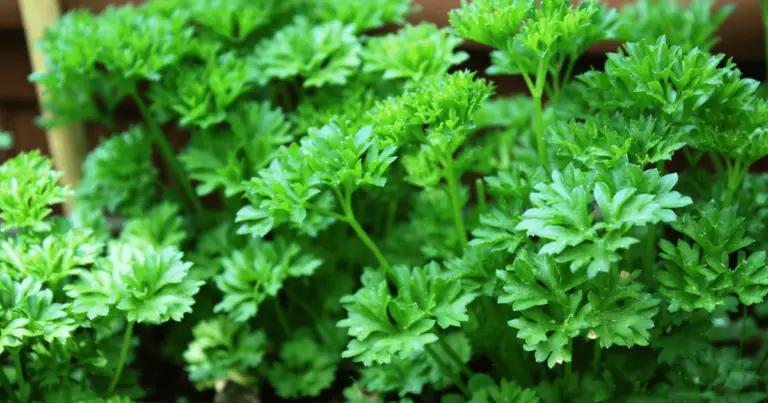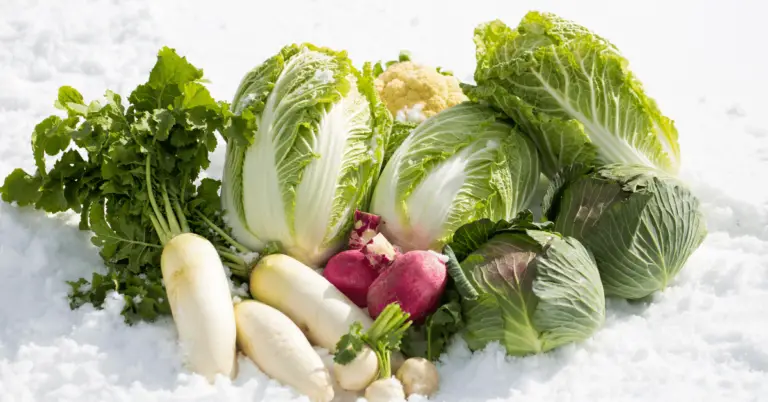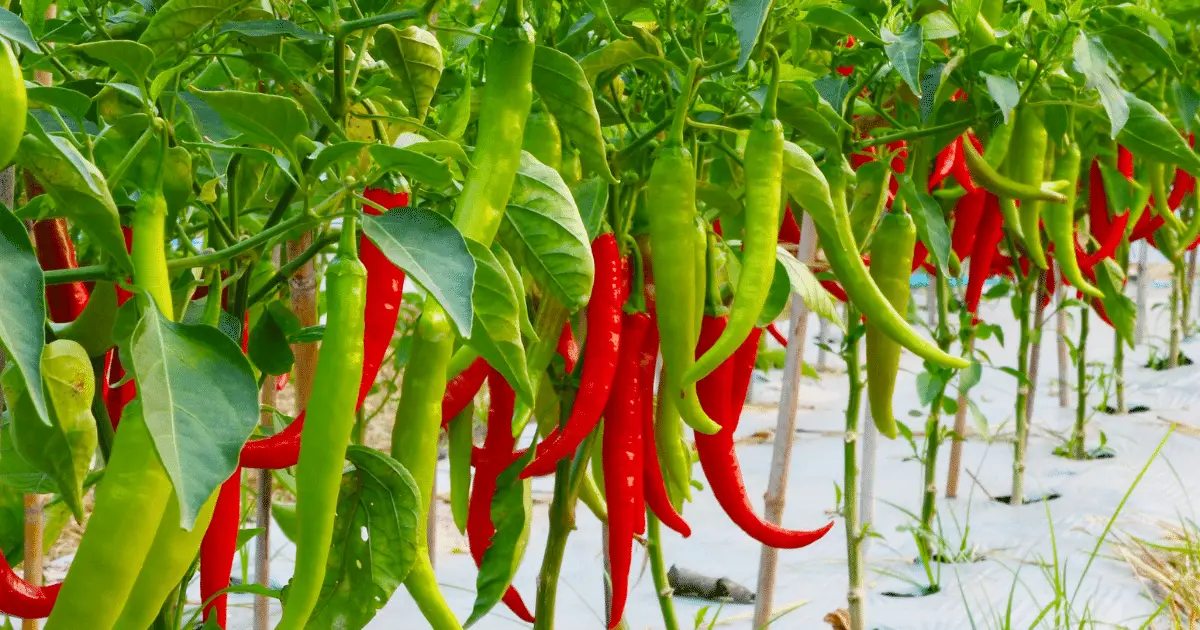
How To Overwinter Chilli Plants
What To Do With Chilli Plants In Winter
If you’re looking to overwinter your chilli plants then you’ve come to the right place. The process is really only a case of pruning your plants back to a manageable size and bringing them indoors into a warm and sunny spot. There are a couple of other considerations but the process is not nearly as complicated, fiddly or time consuming as some people seem to think.
Did you know that chilli plants are actually perennials? In their native environments they are year-round woody shrubs which thrive in the tropical heat so if you live somewhere lovely and sunny all year then your plants will be fine left in their outside growing position.
However, if you live somewhere that is subject to a substantial temperature drop in the winter months then your plants aren’t going to survive the cold and dark. This means you have two choices – let them die off and start fresh for next season or take the time and effort to overwinter one of your existing plants.
So if you’re asking ‘can chilli plants survive winter?’ then the answer is yes but only if they are kept warm – either outside in a warm climate or brought indoors elsewhere.
I’m a big fan of overwintering chilli plants and generally pick a healthy example of each of my varieties to do it with, allowing the others to die off. I then have one plant of each variety that is off to a really solid headstart and I simply plant seeds for the new season. I would happily overwinter all of my plants but unfortunately I just don’t have the space to bring them all inside so generally stick to 5 or 6 plants.
Choosing The Right Chilli Plant
Decide how much space you have and how many plants you can realistically keep indoors. Ideally you want to pick a plant that is already in a pot so you can avoid disturbing and damaging the roots too much. Look for your healthiest plants and try to ensure there is no sign of disease and that the plant is free from any pest infestation.
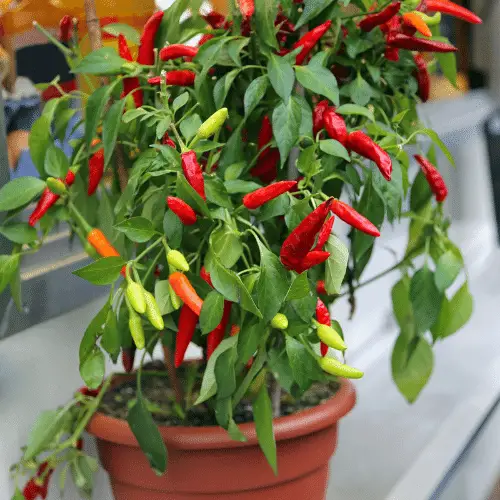
Position
The primary reason for an approach to overwintering chilli plants is because they cannot survive low temperatures so this means that places such as an unheated greenhouse simply aren’t going to work and your plants will still die off. The best place for the plants is going to be inside your house in an area that remains relatively warm all year round. You also want to pick a spot that receives plenty of light so a windowsill or conservatory are ideal.
Preparing The Plant
If you have a look around the internet you will find a whole array of instructions of what you have to do to your plants to prepare them. My personal opinion and experience is that any excessive preparation is unnecessary.
Prune the plant back as is necessary for the space in which you plan to keep it but there is no need to remove huge amounts of foliage or take it back to the stalk as is often advised.
If you have any brown leaves or branches then simply prune them back to where they are green.
If your plant is still bearing fruit then you can leave this on their and simply pick when you want to use it but just make sure it’s all removed prior to the start of the next season.
Caring For Chilli Plants In Winter
Caring for overwintered chilli plants is really straightforward. There is no need to fertilize as the plants will only grow slowly and probably won’t produce any new fruit.
Water the plants infrequently. You want to keep the soil slightly moist but not let it get too wet as the roots could take a long time to dry out and become susceptible to rot.
Planting Out
Once the outside temperature starts to stabilise and warm up you want to take your plants and re-pot them with new soil/compost. If you already have them in large pots then just re-pot into the same pot but if you need to upsize then take this as the opportunity.
Gently remove the plant along with the whole root ball and gently shake off some of the excess soil before putting it to the side. Take your pot and fill the bottom with a good potting mix before placing the roots of your plant back into it and then filling and packing all around it with more potting mix.
A couple of weeks after the last frosts have passed it is now safe to put the plant back outside. Personally I like to acclimatise the plants first by leaving them outside for a few hours each day and bringing them back in for the night.
And that is basically it. As you can see, the process is really straightforward and not really any effort as long as you keep it simple and avoid unnecessary over-complication. So now that you’re happy overwintering your chilli plants, why not try it with your tomatoes? Our article What To Do With Tomato Plants In Winter explains exactly how to do it.
